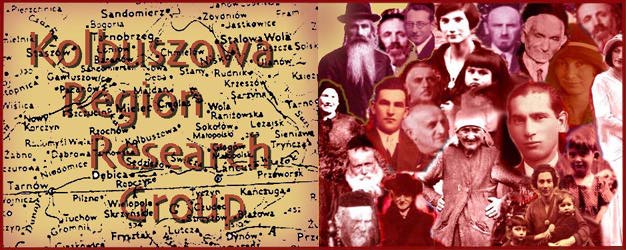


Ilex (Chaim) Beller
Submitted by Susana Leistner Bloch
Ilex (Chaim) Beller was born on 6 March 1914 in Grodzisko Dolne, southeastern Poland, where he spent his childhood. After Cheder and the Polish elementary school, he continued his studies at the Hebrew school Przemyśl.
En 1928 , à l'âge de 14 ans, il part pour Anvers en Belgique flamande où se trouve une partie de sa famille, et apprend la taille du Diamant . In 1926, at age of 14, he moves to Antwerp, Belgium to join relatives and to learn the trade of diamond cutting. Because of the 1929 Great Depression diamond workshops close their doors. Ilex Beller exerce divers métiers : usine de verrerie de Merxem, usine de métallurgique de Hovoken et dans les mines de charbons de Charleroi . Ilex Beller worked at various jobs: Merxem glassware factory, plant and Hovoken metallurgical coal mines of Charleroi .
En 1934, Il arrive à Paris , en France . In 1934, he arrived in Paris, France. 1936 saw the outbreak of the Spanish Civil War and Beller joins the International Brigades to fight fascism. Il est blessé aux combats et rentre à Paris en 1937 où il trouve du travail dans la fourrure. He was wounded in the battle of Teruel and returned to Paris in 1937 where he worked in the fur trade. Il se marie en 1939 avec une immmigrante juive polonaise, Cesia Perla. In 1939 he married Cesia (Tsirel) Perla, a Polish Jewish immigrant.
Lorsque la Seconde Guerre mondiale est déclarée en 1939 , il s'engage comme volontaire dans l'armée française. At the outbreak of the Second World War in 1939 , Ilex Beller joined the French army and fought in the ranks of the 22nd IRFV. On May 26th 1940 he was seriously wounded in the Battle of the Somme Transported to Rennes he was operated and evacuated to Biarritz and Sète. He was decorated with the Croix de Guerre Avec Palme [War Cross with Palm] and with the Médaille Militaire [Military Medal]. After the armistice he was demobilized in Carcassonne, France, where he worked for two years in the fur trade. His first child, Isi Beller, is born in Carcassonne on 14 july1940.
When the Germans take over the “Free Zone” he manages to escape to Switzerland where he is interned in a work camp.
In 1944 Ilex Beller returned to Paris and continued working as a furrier, a trade he worked on for 26 years until his retirement. In Paris two more sons were born: Georges in 1946 and Roland in 1950.
Having always dreamed of painting, he could only dedicate totally to his art at the age of 59 when he retired. His work has been exhibited several time at the Marais Cultural Center in Paris, at the Gallery of Fine Arts in Brussels, at the “Glas-Plast” in Bad Kisingenin Germany, at the Museum of Naïve Art in Paris. Some of his paintings are exhibited in the “Yad Vashem” Museum, in the Museum of Art and History of Judaism in Paris and in several private collections.
C'est alors qu'il profite de son temps libre pour retourner dans son village natal en avril 1983 à 69 ans et renouer avec ses racines, mais il n'y retrouve plus rien, tout a disparu, excepté une pierre tombale aux trois-quarts enterrée, qui se trouve être par hasard celle de son grand-père Aaron Yehuda Beller.After his retirement Ilex Beller On April 1983 Ilex Beller returned to Grodzisko Dolne, his native village, after an absence of 69 years. He found no trace of the former Jewish community except for a gravestone which, by chance was that of his grandfather Aaron Yehuda Beller. Il veut alors porter un témoignage, par l'écriture et la peinture, sur ce village que l'on a assassiné. He dedicated his final years to painting images of the shtetl he remembered from his youth.
Ilex Beller is the author of an album containing 40 color reproductions of his works: “They Killed My Village” published in 1981 by the Cercle d’Art Editions in Paris and “The Life In The Shtetl” with 80 color reproductions published in Editions du Scribe. This work was translated to English and published at the Holmes and Mayer Editions, New York, and also in German by Lieder Verlag in Tecklenbourg in Germany.
Membre actif de l'Union des Engagés Volontaires Anciens Combattants Juifs (UEVACJ), il en devient le Président de 1986 à 2004 . An active member of the Union of Jewish Veterans Committed Volunteers (UEVACJ), he was its President from 1986 to 2004 than Honorary President until his death.
Il décède en 2005 à 91 ans. Ilex Beller died in 2005 aged 91.
Paintings by Ilex Beller
© Copyright 2017 Kolbuszowa Region Research Group. All rights reserved.